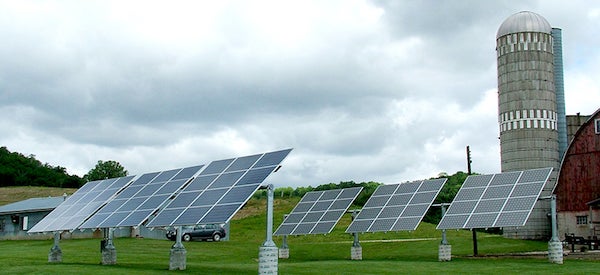

Minnesota has significant renewable resources. 14 Additionally, several pipelines bring North Dakota crude oil into the state, and other pipelines move Canadian supplies of crude oil from the north to Minnesota's refineries and on to other U.S. 12, 13 Most of the crude oil that is shipped east by rail from North Dakota also travels across Minnesota. Coal from Wyoming and Montana enters Minnesota by rail and transfers to ships at Duluth-Superior. Lawrence Seaway System, which connects the port at Duluth to worldwide shipping. 10, 11 Duluth-Superior, Minnesota's largest port on Lake Superior, is at the western end of the Great Lakes-St. 9 Lake Superior, the world's largest freshwater lake by surface area, forms Minnesota's northeastern border and the waterway plays a significant role in energy transport.

7, 8 Ports along the river handle dry and liquid commodities including coal and petroleum, as well as half of the state's agricultural exports. 3, 4, 5, 6 The Mississippi River's headwaters are in Minnesota, and the first 650 miles of the river's nearly 2,350-mile length flow through the state. 1, 2 Although Minnesota has no fossil fuel reserves or production, the state plays an important role in moving fossil fuels to markets throughout the Midwest and beyond. Minnesota is one of the largest Midwestern states and extends further north than any of the other Lower 48 states. Minnesota plays an important role in moving fossil fuels to markets across the Midwest and beyond.


 0 kommentar(er)
0 kommentar(er)
